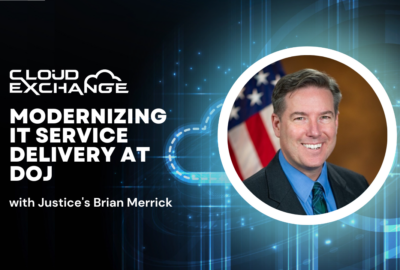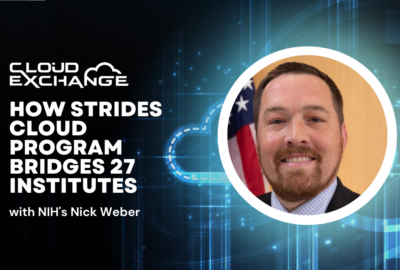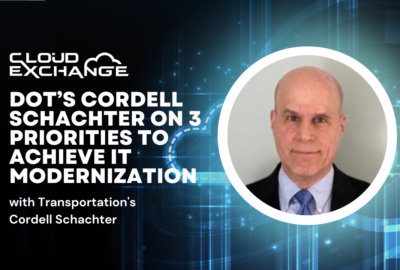

Cloud Exchange 2023: Should agencies reject Big Bang IT approach in favor of feature management?
Federal chief information officers have a clear intent to move away from large, complex IT modernization projects that attempt to solve many problems simultaneously.
Modernizing systems and migrating to new technologies can often be a risky proposition, especially if agencies expect to go into full production with a new application immediately, said Sara Mazer, federal chief technology officer at LaunchDarkly.
“It’s a risky process, in general, moving from, say, on-prem to the cloud,” Mazer said during the Federal News Network Cloud Exchange 2023. “And being able to see things working in production is really important, not doing that Big Bang approach.”
When it comes to that legacy all-at-once approach, CIOs at two of the largest civilian agencies have each put a stake in the ground
“Single Big Bang releases of new systems lead to massively increased risk,” Homeland Security Department Chief Information Officer Eric Hysen said during a Senate Homeland Security and Governmental Affairs Committee in early June.
“At DHS today, we reject this approach in favor of a more incremental, iterative and measured strategy based on private sector best practices that enable us to successfully modernize key services and retire costly legacy systems,” Hysen said.
The Department of Veterans Affairs is moving in a similar direction. Kurt DelBene, VA’s CIO and assistant secretary in the Office of Information and Technology, said the department wants to take a more integrated tack in which contractors and VA employees “live in sync and operate as a shared team.”
“We’re moving into a world where if we do a request for proposals, for instance, we will define that first nugget, that minimal viable product and say the first milestone, that first thing you will deliver to us, is that MVP, and then we’ll see that it meets the actual need,” DelBene told reporters during a press briefing in early June.
Mazer said the iterative approach is crucial to successful technology transitions, especially when agencies are introducing new systems and services to their users and customers, whether those users be internal or external.
“You could do a migration, like a canary release, and start small, maybe just your development team or your engineers seeing something work in production. The rest of the people are still on the old legacy system,” she suggested. “And then, you can gradually add, say, 10% of anonymous users, then up to 50% and so forth, slowly, so that you’re checking to make sure everything works step by step, and you don’t have any incidents.”
User experience trials like A/B testing can also help organizations pick the best features, Mazer said, instead of settling on one specific feature before going to user testing.
Even after a new system clears its initial trials, IT administrators need to be prepared for when technology inevitably breaks, either through a buggy feature or a cyber vulnerability.
“Having that granular control over every single feature and making sure that the users have the best experience possible is really important,” Mazer said.
To read or watch other sessions on demand, go to our 2023 Cloud Exchange event page.
Copyright © 2025 Federal News Network. All rights reserved. This website is not intended for users located within the European Economic Area.




Federal Chief Technology Officer, LaunchDarkly

Reporter, Federal News Network

Federal Chief Technology Officer, LaunchDarkly

Reporter, Federal News Network
Justin Doubleday is a defense and cybersecurity reporter for Federal News Network. He previously covered the Pentagon for Inside Defense, where he reported on emerging technologies, cyber and supply chain security. Justin is a 2013 graduate of the University of New Hampshire, where he received his B.A. in English/Journalism.
